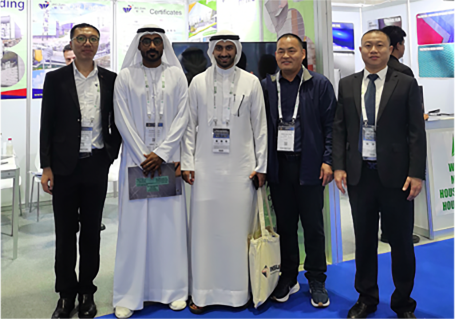
Nov . 17, 2024 09:24 Back to list
Understanding HPMC Chemical Properties and Applications in Various Industries
Understanding HPMC A Versatile Chemical Compound
Hydroxypropyl Methylcellulose (HPMC) is a widely used chemical compound known for its versatility and utility across various industries. Derived from cellulose, a natural polymer found in the cell walls of plants, HPMC is synthesized through a series of chemical processes that modify cellulose. This modification enhances its properties, making it suitable for a myriad of applications ranging from construction to pharmaceuticals.
Understanding HPMC A Versatile Chemical Compound
In the pharmaceutical sector, HPMC plays a crucial role as an excipient. An excipient is a substance that serves as a vehicle for active ingredients in medications. HPMC is commonly used in tablets and capsules, providing a controlled-release mechanism that allows for the gradual release of medication in the body. This attribute is vital for improving therapeutic efficacy and patient compliance. Additionally, HPMC is utilized in ophthalmic solutions, where it acts as a lubricant, ensuring comfort and enhancing the bioavailability of ocular drugs.
hpmc chemical

HPMC is also extensively utilized in the construction industry, particularly in the formulation of cement and tile adhesives. Its water-retaining properties help prevent the rapid drying of cement mixtures, allowing for better adhesion and workability. This ensures that construction materials set properly, improving structural integrity and longevity. Furthermore, HPMC contributes to the improvement of workability in plaster and paint formulations, making it easier to apply and providing a smoother finish.
Another significant application of HPMC is in personal care products. Formulators of cosmetics and skincare items often include HPMC as a thickening agent, stabilizer, or emulsifier. Its ability to create smooth textures and enhance the spreadability of creams and lotions makes it a favored choice among cosmetic manufacturers. Moreover, because HPMC is non-toxic and biodegradable, it aligns well with the growing consumer demand for environmentally friendly and safe personal care products.
Despite its wide-ranging applications, it is essential to address the production and usage of HPMC in an environmentally responsible manner. The sourcing of raw materials and the manufacturing processes should adhere to eco-friendly practices to minimize the carbon footprint associated with its use. Additionally, further research into HPMC alternatives or modifications could enhance its functionality while reducing environmental impact.
In conclusion, Hydroxypropyl Methylcellulose is a versatile chemical that plays a vital role in various industries, from food to pharmaceuticals and construction to personal care. Its unique properties, including thickening, gelling, and stabilizing capabilities, make it an indispensable ingredient in many formulations. As industries continue to evolve, the responsible and innovative use of HPMC will undoubtedly contribute to advancements in product development and sustainability.
-
Versatile Hpmc Uses in Different Industries
NewsJun.19,2025
-
Redispersible Powder's Role in Enhancing Durability of Construction Products
NewsJun.19,2025
-
Hydroxyethyl Cellulose Applications Driving Green Industrial Processes
NewsJun.19,2025
-
Exploring Different Redispersible Polymer Powder
NewsJun.19,2025
-
Choosing the Right Mortar Bonding Agent
NewsJun.19,2025
-
Applications and Significance of China Hpmc in Modern Industries
NewsJun.19,2025







